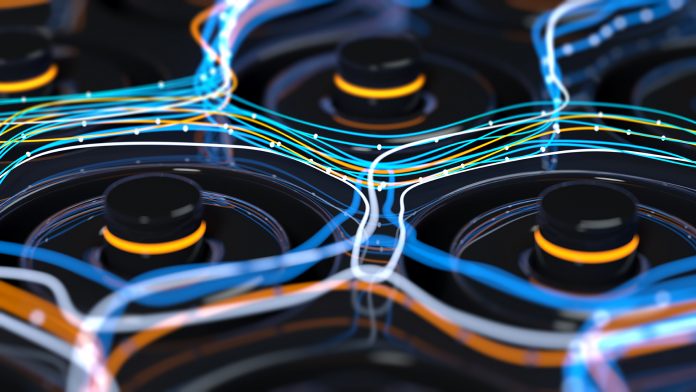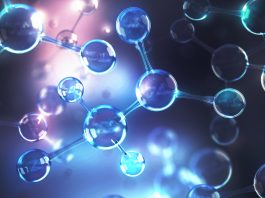Researchers at the Chalmers University of Technology have developed a concept for high-performance, sustainable sodium-ion batteries using Janus graphene.
As part of the endeavour to develop sustainable energy storage methods, researchers at Chalmers University of Technology in Sweden have presented a new model to construct high-performance electrode materials for sodium-ion batteries. This innovative concept is based on utilising a novel type of graphene – known as Janus graphene – to store sodium, one of the world’s cheapest and most abundant metal ions.
The team’s preliminary results – which have been published in Science Advances – indicate that this graphene-based energy storage solution can match the capacity of lithium-ion batteries.
Cost-effective alternative to lithium ions
While lithium ions work incredibly well for energy storage, lithium is a costly metal, and there are concerns regarding its long-term supply and environmental issues its use entails.
Meanwhile, sodium is cheap and plentiful, occurring naturally in places like seawater. This means that sodium-ion batteries could be a sustainable and cost-effective alternative to lithium-ion batteries. However, the major challenge presented is the necessity of increasing the capacity.
Currently, the performance of sodium-ion batteries cannot rival lithium-ion cells. One restricting factor is the graphite – which is comprised of layers of graphene – and is used as the anode in contemporary lithium-ion batteries.
The ions interpose in the graphite, meaning they are free to move in and out of the graphene layers and can be stored for energy usage. Sodium ions are bigger than lithium ions and interact in different ways. Consequently, it is not possible to effectively store them in the graphite structure.
Now, the Chalmers research group have developed an innovative solution: “We have added a molecule spacer on one side of the graphene layer. When the layers are stacked together, the molecule creates larger space between graphene sheets and provides an interaction point, which leads to a significantly higher capacity,” explained Jinhua Sun at the Department of Industrial and Materials Science at Chalmers, first author of the paper.
Energy capacity ten times greater than standard graphite
On average, the capacity of sodium intercalation in typical graphite is around 35 milliampere hours per gram (mA h g-1). This is less than one-tenth of the capacity for lithium-ion intercalation in graphite. With the use of this novel graphene, the precise capacity for sodium ions is 332 milliampere hours per gram, which is far closer to the value for lithium in graphite. The team’s findings also demonstrated full reversibility and high cycling stability.
“It was really exciting when we observed the sodium-ion intercalation with such high capacity. The research is still at an early stage, but the results are very promising. This shows that it’s possible to design graphene layers in an ordered structure that suits sodium ions, making it comparable to graphite,” added Professor Aleksandar Matic at the Department of Physics at Chalmers.
Janus graphene supports sustainable batteries
As the novel graphene has asymmetric chemical functionalisation on opposite faces, it is often referred to as Janus graphene, after the two-faced ancient Roman God Janus.
Janus graphene has a unique nanostructure; the upper face of each sheet of graphene has a molecule acting as a spacer and active interaction site for the sodium ions. Every molecule in between two stacked graphene sheets is linked by a covalent bond to the lower graphene sheet and interacts through electrostatic interactions with the upper graphene sheet. The graphene layers also have uniform pore size, controllable functionalisation density, and few edges.
“Our Janus material is still far from industrial applications, but the new results show that we can engineer the ultrathin graphene sheets – and the tiny space in between them – for high-capacity energy storage. We are very happy to present a concept with cost-efficient, abundant and sustainable metals,” concluded Vincenzo Palermo, Affiliated Professor at the Department of Industrial and Materials Science at Chalmers.









